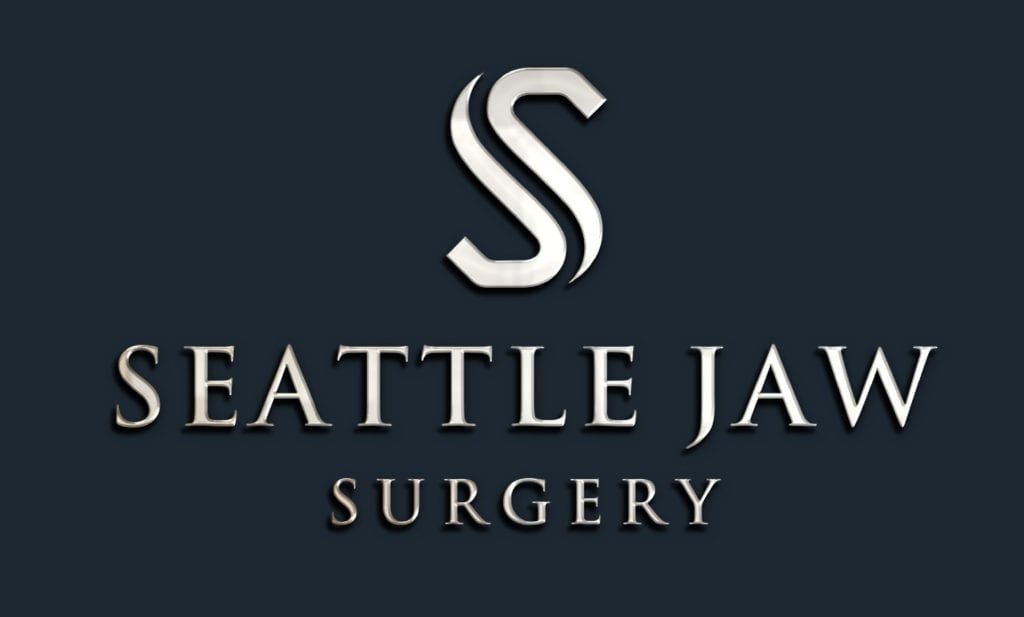The temporomandibular joint is the area where the jaw meets the skull. These joints are are some of the most used in the body. When they cause pain or limit function, they can severely impact a persons overall quality of life.
We are here to help.
The temporomandibular joint (TMJ) is where the jawbone connects to the skull and is one of the most frequently used joints in the body. A TMJ disorder is anything that interrupts the normal functioning of your jaw joints. Pain or dysfunction that is persistent through conservative treatments may warrant a further evaluation by a specialist.
- Pain around the jaw joints, jaw muscles, temples, ears, neck, or teeth
- Clenching or grinding
- Limited jaw opening
- Jaw locking
- Chronic jaw dislocation
- Headaches
- Ear pain, swelling, or ringing
- Change in the way the teeth fit
Nonsurgical
Mild cases of TMJ disorder are treated with conservative measures such as jaw rest, massage, or over-the-counter pain medications. Symptoms can also be exacerbated by stress, so stress management is recommended to reduce the severity of TMJ symptoms.
If these measures do not improve the patient’s condition, further treatments may be necessary. These include physical therapy, dental guards/splints, or prescription medications. Such treatments are usually provided by a primary care doctor, ENT specialist, or dentist.
Surgical
Surgery may be a consideration for moderate to severe cases of TMJ disorder:
Arthroscopy is a minimally invasive procedure where a small incision is made at the joint and a camera is inserted. This allows the surgeon to visualize the joint structure and identify the issues. Small surgical instruments may also be used to clear scar tissue or inject medications.
Arthrocentesis is a minimally invasive procedure where a small incision is made at the joint and fluid is injected into the joint to wash out any inflammatory byproducts and lubricate the joint.
Arthroplasty is an open-joint procedure where the joint is surgically altered or reshaped to repair its structural problems.
Joint replacement is a procedure where the damaged joint is replaced by a prosthetic joint. This procedure is usually reserved for chronic and severe cases of TMJ disorder.
There are some disorders where surgery is recommended early in the treatment plan. Here are some situations where you should visit us first:
- Ankylosis – fusion of your jaw to your skull
- Tumors – such as osteochondromas, synovial chondromatosis, pigmented villonodular synovitis, or benign jaw cysts that include the condyle
- Fracture – this is particularly true in fracture dislocations
- Development abnormality – things such as Hemifacial Microsomia, Condylar Hyperplasia or a patent foramen of Huschke
- Acute closed lock – this is a jaw joint that locks closed suddenly. Arthrocentesis is a minimally invasive solution to this and can be done in an office setting with relatively little risk.
- Failed TMJ replacement device
TMJ VIDEOS
